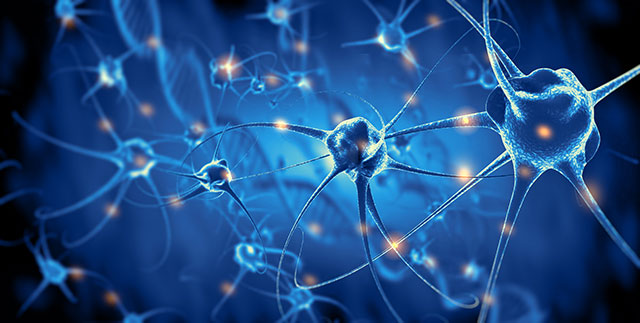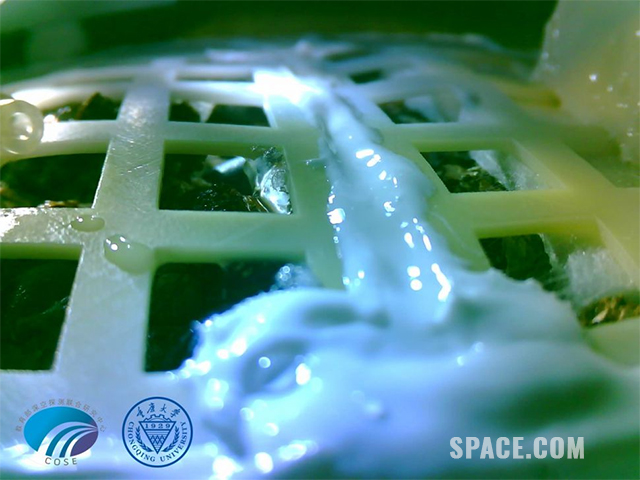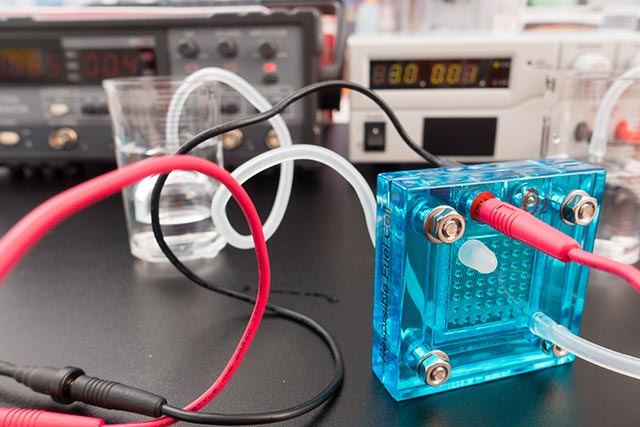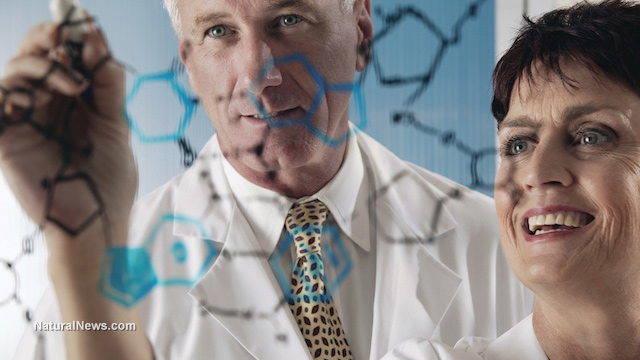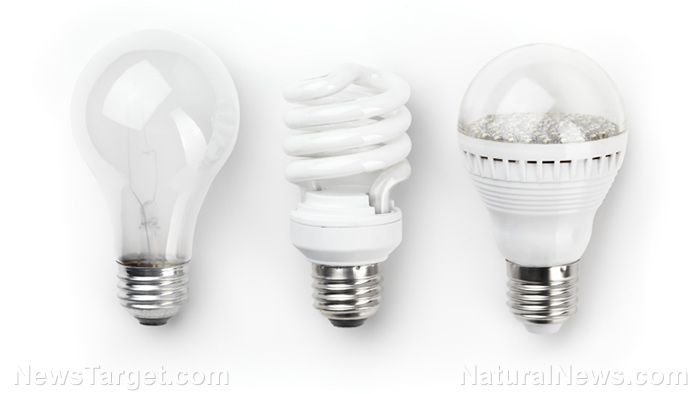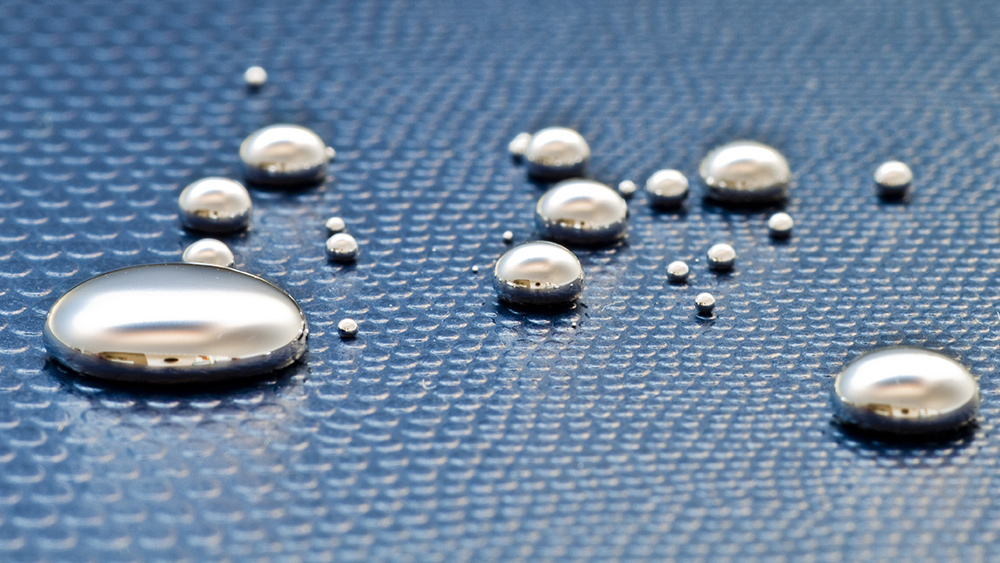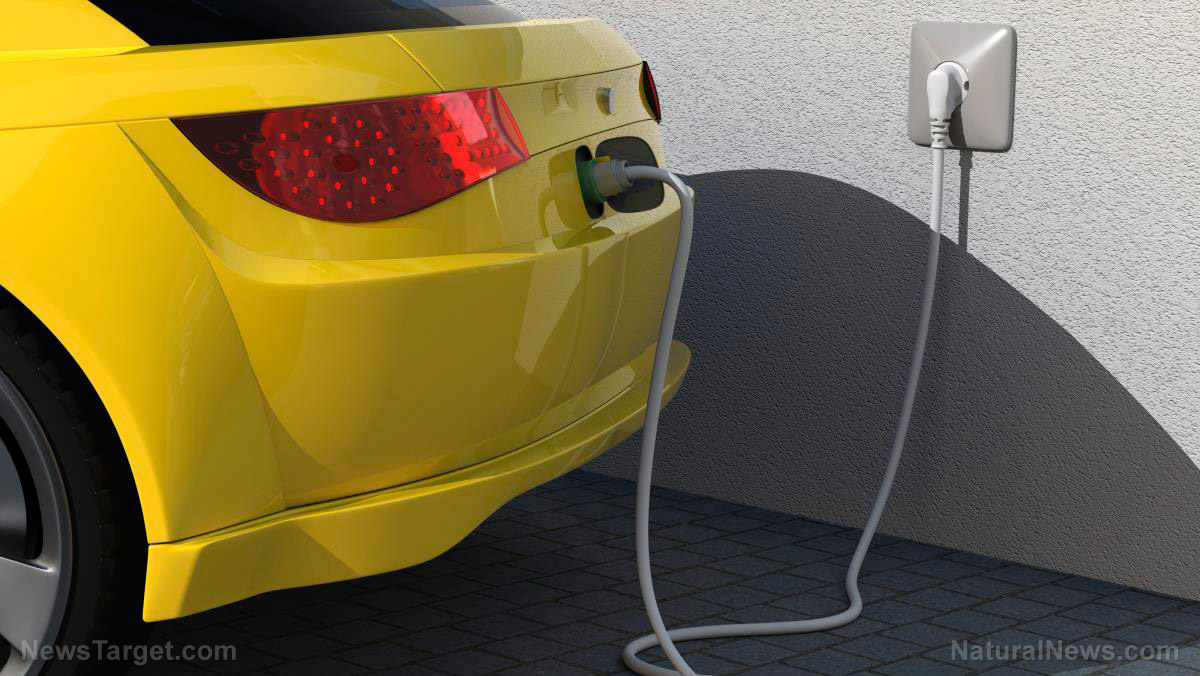Tiny disorganized crystals may hold the key to new magnesium battery energy storage technology
04/17/2019 / By Edsel Cook

Magnesium-based energy storage systems are heralded as the most likely successor to lithium-ion batteries. A recent discovery involving disordered nanoparticles of magnesium chromium oxide could further increase the already considerable amount of energy that can be stored by magnesium batteries.
Researchers from the University College London (UCL) and the University of Illinois at Chicago (UIC) developed a new technique to produce a material that can store and release magnesium ions at high voltages. A material with reversible ion storage abilities would be perfect for the cathode part of a magnesium battery.
The magnesium chromium oxide material is currently undergoing further development. Its creators believed it represented a big step toward high-energy magnesium batteries.
These batteries needed a cathode with that can reverse the insertion and removal of ions. However, there were very few inorganic materials that were capable of such feats.
“Lithium-ion technology is reaching the boundary of its capability, so it’s important to look for other chemistries that will allow us to build batteries with a bigger storage capacity and a slimmer design,” explained UCL researcher Ian Johnson, the co-primary author of the study. He said that magnesium batteries could provide phones and electric cars with longer endurance, but only if a good material for the cathode could be found. (Related: Researchers develop high-energy magnesium batteries that can store more energy.)
Magnesium batteries offer greater safety and capacity than lithium ion units
Magnesium batteries have many advantages over lithium-ion counterparts. One of the biggest improvements is in the performance of anodes. Lithium-ion systems were restricted to using carbon anodes that have a lower capacity than pure metal equivalents because these were safer. An anode made of pure lithium could trigger short circuits and fires that pose considerable danger to humans.
In comparison, metal anodes made from pure magnesium were much more stable and safer. A magnesium-based battery with a working cathode material would not only be smaller than a lithium-ion unit but could also hold more electricity.
Computer simulations from earlier studies suggested that magnesium chromium oxide was one of the most promising materials for magnesium batteries. Based on this groundwork, the UCL researchers used a fast-acting and relatively cool chemical reaction to create a disordered molecule that measured only five nanometers in width.
Their American counterparts at UIC set the new crystal beside an ordered molecule of magnesium chromium oxide that was seven nanometers wide. They compared the magnesium activity of these materials by looking at the chemical and structural changes that took place in a cell battery.
Disordered magnesium chromium oxide crystals open up new pathways for ions in batteries
The UIC researchers found considerable differences in the behavior of the crystals. Unlike the older and larger ordered particles, the new disordered crystals could extract and insert magnesium ions. They could also reverse these actions, proving that they could serve as materials for magnesium battery cathodes.
“This suggests the future of batteries might lie in disordered and unconventional structures, which is an exciting prospect and one we’ve not explored before as usually disorder gives rise to issues in battery materials,” remarked UCL researcher Jawwad Darr. “It highlights the importance of seeing if other structurally defective materials might give further opportunities for reversible battery chemistry.”
His UIC counterpart Jordi Cabana went on to say that that increasing the surface area of a crystal and deliberately adding disorder to its structure could help trigger important chemical processes that could not take place in ordered materials. While ordered crystals have well-established diffusion pathways that allow easy charging and discharging of ions, disordered materials could reveal promising new pathways that need further study.
Sources include:
Tagged Under: batteries, breakthrough, Energy Storage, future tech, goodtech, innovation, inventions, lithium-ion battery, magnesium batteries, nanotech, new tech


